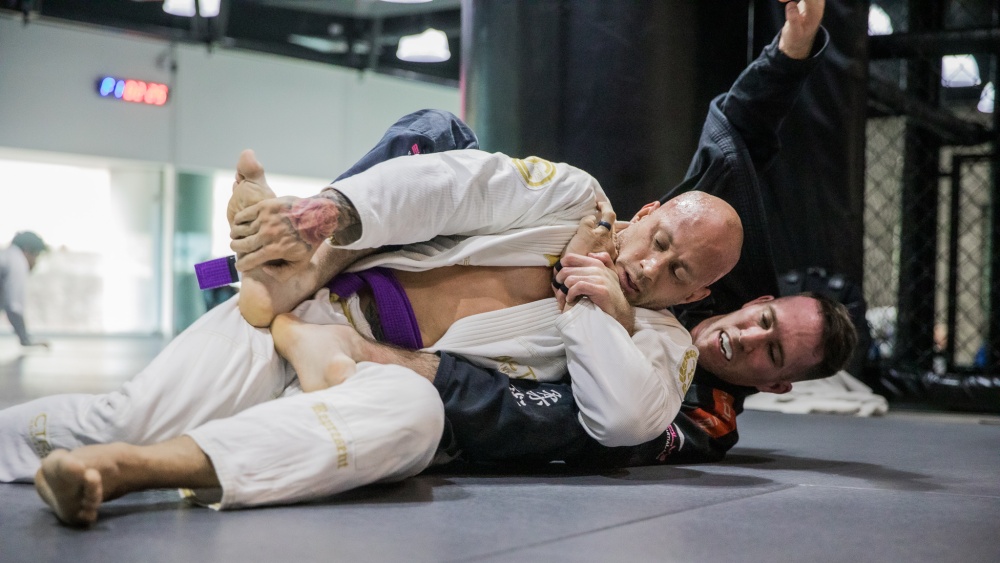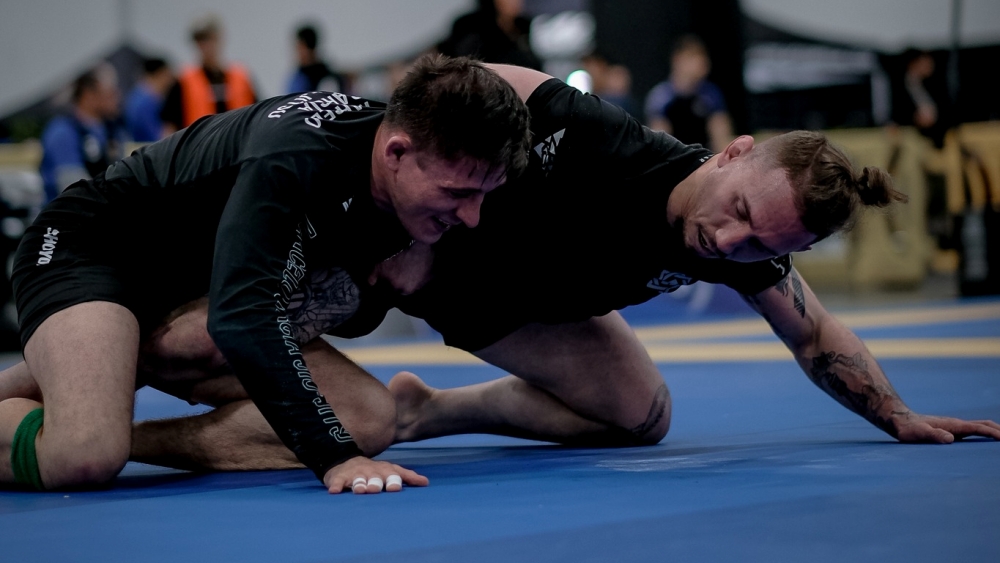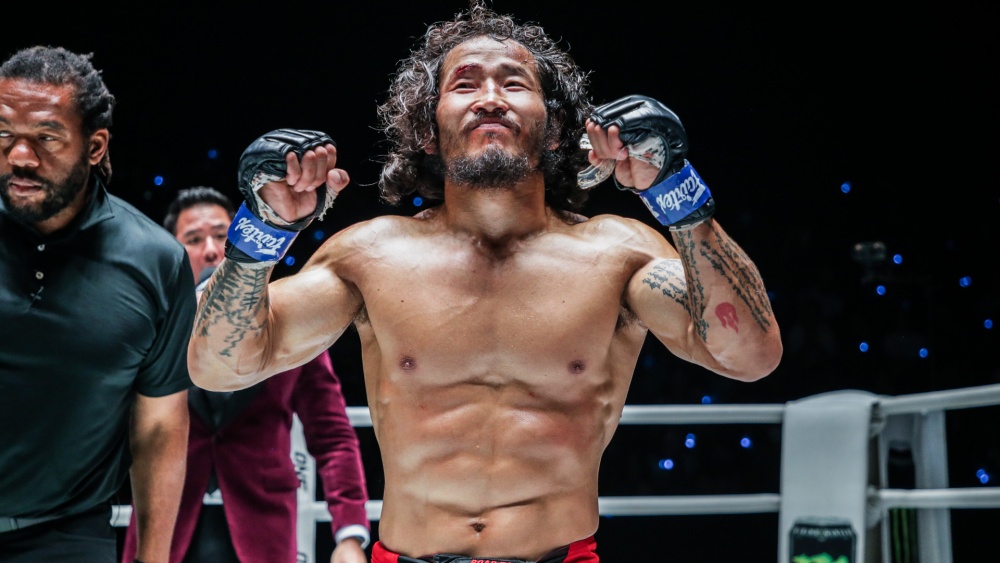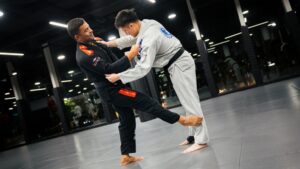Brazilian Jiu-Jitsu is one of the fastest-growing martial arts worldwide, with students from all walks of life. It is a grappling style that favors positional dominance above all else. One of the most dominant positions in BJJ is taking the back of your opponent. This position offers many submission opportunities and minimizes the risk of counter-attacks. For beginners, understanding the fundamental techniques to take the back is crucial. This article will explore three basic backtakes that every novice should incorporate into their BJJ repertoire.
The Importance Of Taking The Back
Before diving into the techniques, it’s essential to understand the significance of the backtake in Brazilian Jiu-Jitsu. Taking the back places you in a position where you have maximum control over your opponent while exposing them to various submission threats, especially chokes. Moreover, from the back, your opponent’s options are limited, making it challenging for them to launch any effective counter-offense. Given these advantages, the backtake is a position that beginners should strive to master early in their BJJ journey.
Now that we understand the importance of taking the back, let’s explore our top recommendations.
1) Gift Wrap To Backtake
The gift wrap is a powerful controlling position you can do almost anywhere. In this video, BJJ blackbelt Brian Glick demonstrates how to take the back from the initial gift wrap position. It starts by first establishing the gift wrap; you can get it from the side control position as the opponent typically defends by blocking with their arm. Once you get the gift wrap, you can use the arm configuration to sit back and take the opponent’s back. This is a simple yet effective way to attack the back and requires no athleticism to pull off.
2) Chair Sit To Backtake
10th Planet black belt Brandon Mccaghren breaks down the chair sit in the video above. The chair sit backtake, as the name implies, involves a movement reminiscent of sitting back in a chair. It’s a technique designed to move you from a less dominant position, like the half-guard or the turtle, to a highly dominant position: the back of the opponent. The chair sit is a great technique overall and is applicable from white up to the black belt level.
To execute the chair sit, start by establishing an underhook on the side you plan to take the back. This underhook is vital as it prevents the opponent from maintaining a flattened, dominant posture. Using this underhook, shift your weight towards their free leg and shoulder, effectively sitting back and pulling the opponent over. The motion should be smooth and with little difficulty. When done correctly, you should be able to land on the opponent’s back, ready to secure your points.
The beauty of the chair sit backtake lies in its combination of simplicity and effectiveness. While the move itself is not too complex, its usefulness in transitioning to dominant positions makes it a favorite among many BJJ players.
3) Arm Drag To Backtake
BJJ black belts Stephan Kesting and Rob Biernacki discuss the basics of the arm drag from a 2 on 1 situation. The arm drag is a simple but effective technique where you control and pull your opponent’s arm across their body, which gives you access to attack at an angle. The goal of the arm drag is to force the opponent to expose either their side or their back, and from there, you can initiate your attacks. In terms of application, the arm drag can be a path to taking your opponent’s back, one of the most dominant positions in the sport. It can also be used to set up sweeps from guard positions or to counter an opponent’s aggressive grip.
It is critical to grip your opponent’s wrist firmly with one hand and use your other hand to control the tricep or elbow. Alternatively, you can cup near the opponent’s armpit for greater control. Next, pull their arm across their body while simultaneously moving at an angle. Doing this will expose their side or back easily.
Perfecting The Art Of The Backtake

While these techniques provide a foundation, mastering the art of the backtake in BJJ requires consistent practice and refinement. It’s essential to drill these moves regularly, focusing on the nuances of each technique. Focus on the initial entries shown in the videos and practice drilling on both sides. Slowly introduce resistance as you get more confident in the techniques. Live sparring sessions are invaluable, offering real-time feedback on the effectiveness of your backtakes.
Furthermore, always remember the principles of leverage and timing. BJJ is not about strength; it’s about using technique and leverage to control and submit your opponent. Each backtake has its optimal moment of use, and recognizing these moments comes with experience. Find these pathways and replicate them in your training as much as possible.
Asking for feedback from your coach and training partners is always a good idea. They can offer insights, corrections, and variations to enhance your understanding and execution of these backtakes. Be open and accepting of their feedback, as these will surely propel your technique to new heights.
Lastly, it is recommended that you study specific athletes who love to attack the back. The more you study these masters, the more you’ll appreciate the power of attacking the back. Remember that you can be a back expert regardless of size and strength. Many of yesterday’s and today’s best at taking the back come from the lower weight classes, such as Garry Tonon, Marcelo Garcia, and Ryan Hall.
Conclusion
Taking the back in BJJ offers a strategic advantage, placing you in a dominant position with a myriad of submission opportunities. For beginners, understanding the fundamental backtakes is a stepping stone to more advanced techniques and strategies. The gift wrap, chair sit, and arm drag are foundational moves that every BJJ practitioner should strive to master. With dedication, practice, and a focus on technique, these backtakes can become powerful tools in your BJJ arsenal.
You may also like:
















